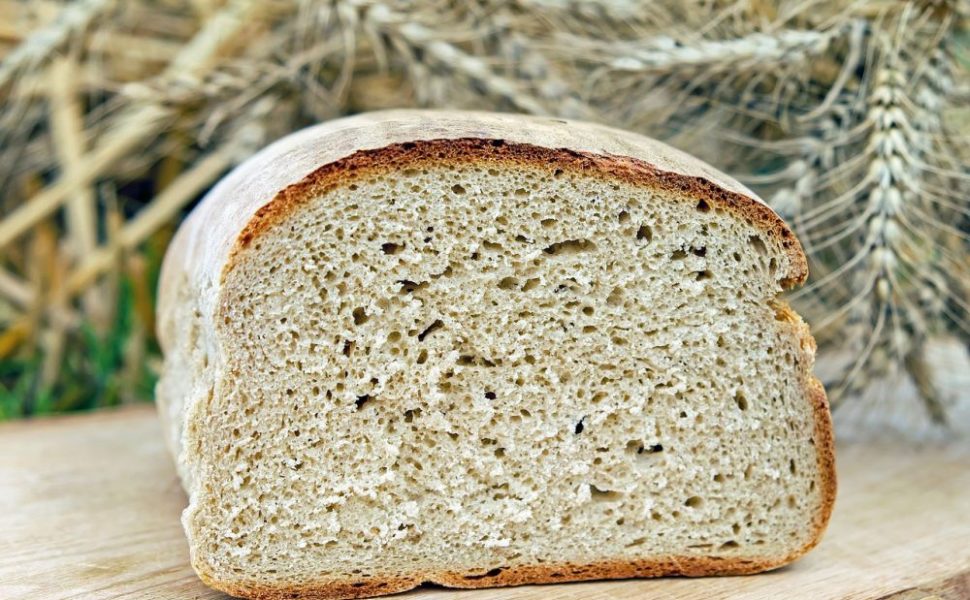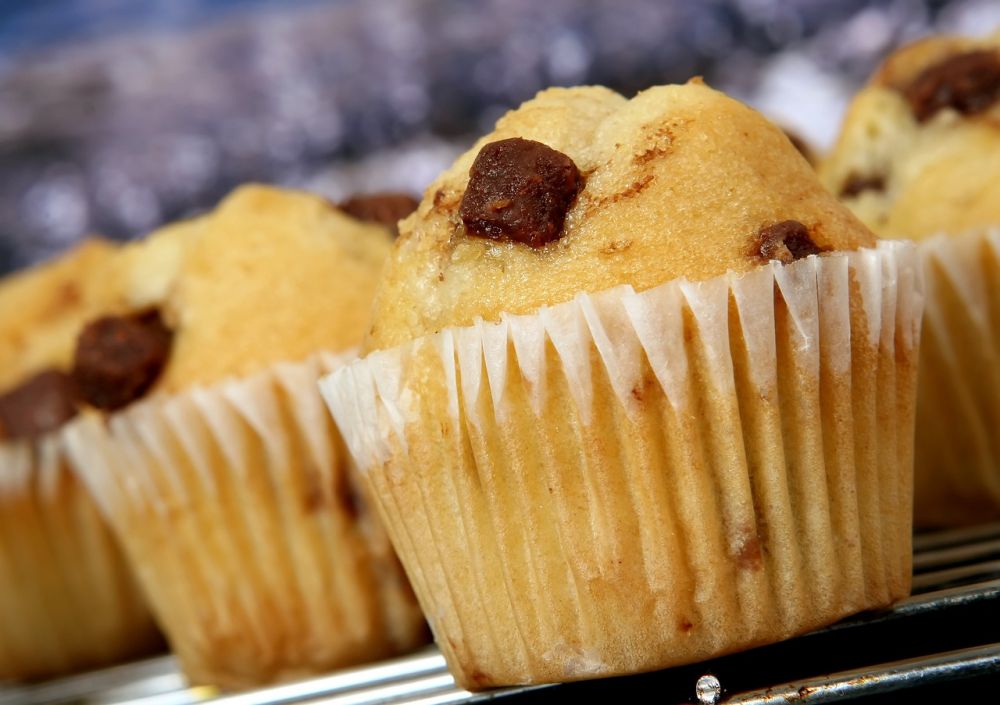Diabetes Recept Bakning – Njutbara och Hälsosamma Alternativ för diabetiker

Introduction
Baking is a beloved activity that brings joy and satisfaction to many people. However, for individuals living with diabetes, baking can present unique challenges. In this comprehensive article, we will explore the world of diabetes recipe baking, providing an overview of what it entails, popular types of recipes, as well as quantitative measurements, differences between various recipes, and a historical examination of the pros and cons associated with diabetes recipe baking.
1. An Overview of Diabetes Recipe Baking

Diabetes recipe baking is a culinary practice that focuses on creating delicious baked goods while adhering to the dietary restrictions imposed by diabetes. These recipes are carefully crafted to ensure controlled amounts of carbohydrates, sugars, and fats, making them suitable for individuals managing their blood sugar levels.
2. Comprehensive Presentation of Diabetes Recipe Baking
There are various types of diabetes recipe baking, each with its own focus and set of ingredients. Some popular types include:
– Low-carb baking: These recipes substitute traditional high-carbohydrate ingredients with low-carb alternatives, such as almond flour or coconut flour. This helps individuals with diabetes maintain stable blood sugar levels.
– Sugar-free baking: In this type of baking, sweeteners like stevia or erythritol are used instead of regular sugar. This allows individuals to satisfy their sweet tooth without causing spikes in blood glucose.
– High-fiber baking: Recipes that incorporate high-fiber ingredients, such as whole wheat flour or psyllium husk, provide a slower release of sugars into the bloodstream, helping to maintain more stable blood sugar levels.
– Healthy fat baking: These recipes focus on using sources of healthy fats, such as avocados or nuts, which contribute to improved overall health while keeping blood sugar in check.
3. Quantitative Measurements in Diabetes Recipe Baking
Diabetes recipe baking often involves precise measurements to ensure accurate carbohydrate and sugar content. Recipes may provide specific nutritional information, including carbohydrates per serving or glycemic index values. These measurements empower individuals with diabetes to make informed decisions about their food choices, resulting in better blood sugar management.
4. Differences Between Diabetes Recipe Baking
The differences between diabetes recipe baking lie in the types of ingredients used and the overall nutritional composition. Low-carb recipes, for example, rely on almond or coconut flour instead of refined wheat flour. Sugar-free recipes substitute regular sugar with artificial sweeteners.
Additionally, the various types of diabetes recipe baking have different effects on blood sugar levels and overall health. For example, low-carb recipes may help stabilize blood sugar levels but may be higher in fat. Sugar-free recipes eliminate added sugars, but some artificial sweeteners have controversial health implications.
5. Historical Overview of Pros and Cons in Diabetes Recipe Baking
Over the years, diabetes recipe baking has evolved, offering a range of benefits and drawbacks.
One significant advantage is that these recipes allow individuals with diabetes to enjoy baked goods without compromising their health. The availability of alternatives, such as low-carb or sugar-free options, has made diabetes recipe baking more accessible and enjoyable.
However, it is crucial to consider the potential disadvantages. Some artificial sweeteners used in sugar-free recipes may have laxative effects or impact gut health. Additionally, replacing traditional ingredients with alternatives can alter the taste and texture of baked goods, which may not be appealing to everyone.
[INSERT VIDEO HERE]
In conclusion, diabetes recipe baking provides individuals with diabetes the opportunity to indulge in delicious baked goods while maintaining stable blood sugar levels. By understanding the various types of diabetes recipes, quantitative measurements, differences between recipes, and the historical pros and cons associated with this culinary practice, individuals can make informed choices that support their overall health and well-being.
Enjoy Baking with Diabetes-Friendly Recipes
Exploring Different Types of Diabetes Recipe Baking
Understanding Quantitative Measurements in Diabetes Recipe Baking
Comparing Different Diabetes Recipe Baking Approaches
History of Pros and Cons in Diabetes Recipe Baking
















































